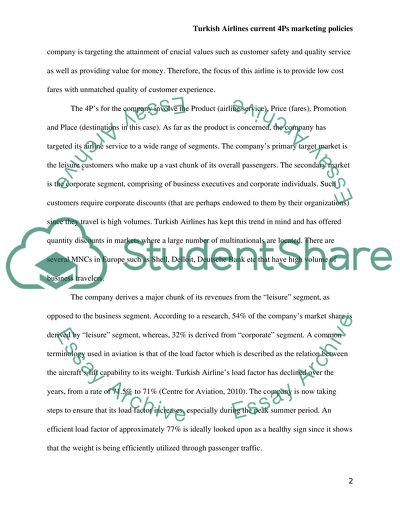Cite this document
(“Turkish Airlines Current 4Ps Marketing Policies Essay”, n.d.)
Retrieved from https://studentshare.org/marketing/1445256-turkish-airlines-current
Retrieved from https://studentshare.org/marketing/1445256-turkish-airlines-current
(Turkish Airlines Current 4Ps Marketing Policies Essay)
https://studentshare.org/marketing/1445256-turkish-airlines-current.
https://studentshare.org/marketing/1445256-turkish-airlines-current.
“Turkish Airlines Current 4Ps Marketing Policies Essay”, n.d. https://studentshare.org/marketing/1445256-turkish-airlines-current.


